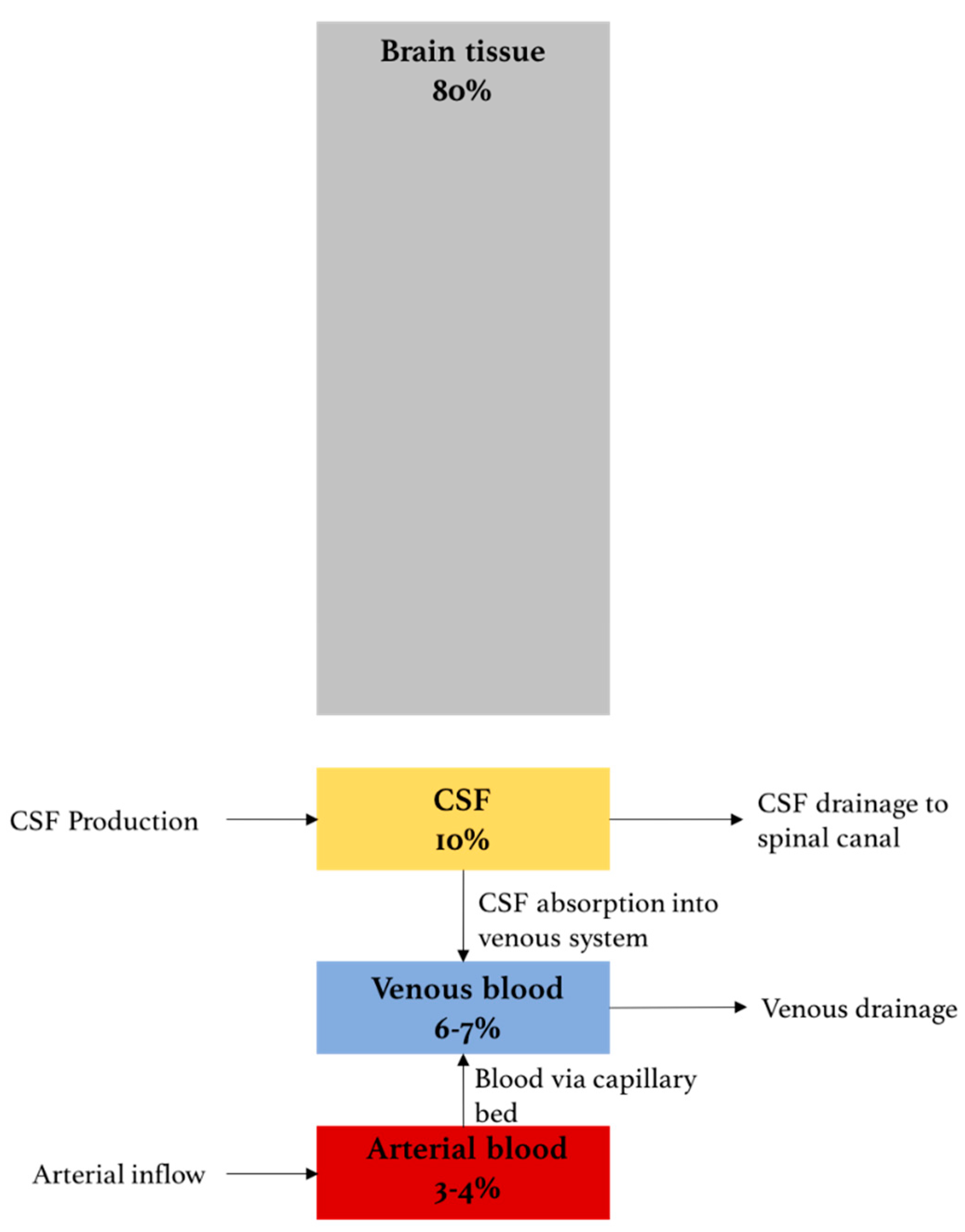Avenues of Fluid Output Include Which of the Following
Which of the following is not a source of fluid intake. Cardiac Output Heart Rate X Stroke Volume 22.
The majority of fluid loss occurs in urine stool and sweat but is not limited to those avenues.

. Total water output is estimated to be approximately 15003100mLd for adults in temperate climates 19 25. Some fluid is lost through perspiration part of the bodys temperature control mechanism and as water vapor in exhaled air. 20 mA at 100 kHz Ag AgCl hydrogel electrodes.
The amount of water loss that takes place through feces is around 6 of the total fluid loss and the amount of fluid loss that take place through sweating is almost the same. Increases in cardiac output increase blood pressure. Apart from the losses taking place as urine some of the other methods of losing water from the body include sweating through feces and through evaporation.
Daily fluid maintenance requirements for adults are approximately 15 to 25L of water. The majority of fluid output occurs via the urine approximately 1500 mlday approx 159 qtday in the normal adult resting state. Open in a separate window.
Diuretics are used to treat hypertension congestive heart failure and fluid retention associated with menstruation. Water vapor lost in exhaled air Sweat that evaporates from the skin Urine output by the kidneys. A diuretic is a compound that increases urine output and therefore decreases water conservation by the body.
At a high level the subject and predicate devices are based on the following same technological elements. In these circumstances the kidneys will conserve water but water must also be replaced by increased consump-tion. Med-surg nurses at Cleveland Clinics Fairview Hospital created a simulation to show the importance of IOs.
Over any period of time input equals output and the organism is in water balance. External balance refers to the comparison between the water input from and the water output to the external environment. The average fluid input per day is 2500ml water as food 1000ml water as liquid 1200ml water from catabolism 300ml and output is 2500ml.
They all increase with sympathetic stimulation. Decreased venous return decreases stroke volume. Average amounts for each type of fluid output are shown in figure 254.
Which of the following is a main avenue of water output by the body. Obtaining fluid intake and output is part of basic patient care but it can be overlooked when nurses are busy. Daily input and output is summarised in Table 1.
Following hemorrhage or during certain disease states fluids may also be replaced by intravenous administration. 6 Recommended variables include central venous pressure CVP central venous oxygen saturation S cv O 2 bedside echocardiography and a dynamic assessment of fluid. Youve lost it but you dont.
20 Infants and children who need to eliminate their daily osmotic load eg those with nephrogenic diabetes insipidus or those with a salt. Fluid can leave the body in three ways. Urine output generally ranges 10002000mLd but can be altered by exercise and heat strain 25.
Up to 24 cash back 1. Routes of Water Loss. This can be the definition of.
The Ins and Outs of IOs. Avenues of fluid output include which of the following. What factor is primarily responsible for moving water from interstitial fluid into.
Insensible losses can neither be perceived nor measured directly. Alcohol acts as a diuretic by inhibiting the release of ADH. Excretion feces Perspiration sweating The majority of fluid output occurs from urination at approximately 1500 mlday approximately 159 qtday in a normal adult at resting state.
These are termed insensible fluid losses as they cannot be easily measured. All of the above. Insensible fluid loss is the amount of body fluid lost daily that is not easily measured from the respiratory system skin and water in the excreted stool.
Decreases in cardiac output decrease blood pressure. Wt and extracellular fluid volume ECF with alteration of cardiac output CO and blood pressure BP in dialyzed patients have been in-vestigated extensively14 However all reported studies have dealt with the effects of extracellular fluid changes on cardiac output and blood pressure without analyzing the intermediate steps linking fluid. These include excessive sweating hemorrhage diarrhea or vomiting severe burns and fever.
Heart rate cardiac output and blood pressure all decrease with parasympathetic stimulation. 4-point impedance measurement of the patients thorax Identical electric current output. Internal balance or flux refers to the movement of water across the capillaries of the body including the secretion and absorption of the various transcellular fluids and.
The judicious and effective use of energy to maximise profits and enhance competitive positions. What do they mean. The expected energy efficiency improvement by 2030 by Energy Efficiency and Conservation Program of Bangladesh is.
Excessive water loss and fluid imbalance can result from which of the following. All of the above. Measure thoracic base impedance to assess fluid status.
Fluid output loss of water from the body through breathing sweating evaporation of water through skin defecation urination60 depends on. If initial fluid resuscitation is followed by ongoing hypotension or hyperlactataemia the SSC guideline recommends the use of physiological variables to determine the need for additional IV fluid. In some cases patients will need fluid and electrolyte replacement therapy which nurses are responsible for delivering and monitoring.
In general crystalloid fluids. Gastrointestinal and fecal water output accounts for 100300mLd 19 25 27. W ater loss from the body is said to be either sensible or insensible.
Notice that of the average fluid output 1500 mL out of the 2500 mL or approximately 60 is lost in urine and the remaining 40 of fluid is lost in expired air through the skin by sweat and cutaneous transpiration and in feces. Fluid intake should be adjusted on the basis of the childs clinical state taking into account the volume of urine output the glomerular filtration rate and the presence of edema and hypertension. You must have heard these terms before.
Sensible loss is loss that can be perceived by the senses and can be measuredIf youve lost it you know youve lost it. Reabsorption by the renal tubules.

Sensors Free Full Text Intracranial Pressure Monitoring Review And Avenues For Development Html

Influence Of Avenue Trees On Traffic Pollutant Dispersion In Asymmetric Street Canyons Numerical Modeling With Empirical Analysis Sciencedirect

Hahn S Woodworking Company Inc Branchburg Nj Custom Entry Doors Custom Garage Doors Custom Woodworking

The Human Connectome Project Multimodal Cortical Parcellation New Av

Signs And Symptoms Of Pancreatic Cancer Pancreatic Cancer Action Network

Root 15 Outdoor Wall Sconce Features A Line Of Diffused Led Light Aimed For Downward Grazing Of Outdoo Outdoor Walls Outdoor Wall Sconce Outdoor Wall Lighting

The Human Connectome Project Multimodal Cortical Parcellation New Av

The Human Connectome Project Multimodal Cortical Parcellation New Av


No comments for "Avenues of Fluid Output Include Which of the Following"
Post a Comment